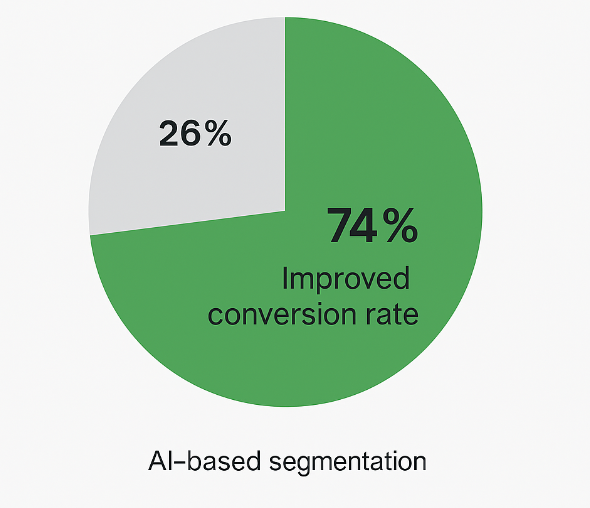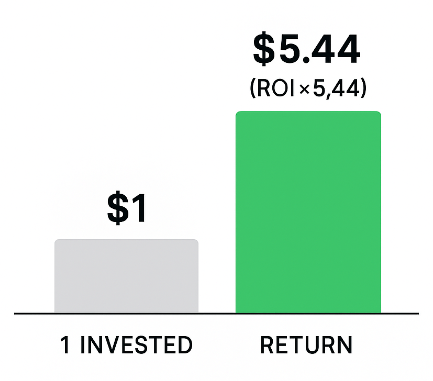Learn actionable strategies to improve targeting accuracy, reduce wasted spend, and deliver campaigns that truly connect with your audience.
The world of digital marketing is evolving faster than ever. With the massive amount of user data available today, relying on manual targeting and outdated audience segmentation can leave campaigns inefficient and unprofitable. By combining artificial intelligence (AI) and automation, marketers can achieve smarter, more precise audience targeting that saves time and boosts ROI.
Why AI Matters in Targeting
AI is not just a buzzword—it’s a fundamental driver of smarter decision-making. Modern algorithms can process millions of data points in real time to identify patterns, predict behaviors, and adapt campaigns automatically.
-
Predictive analytics: AI can forecast which audiences are most likely to convert based on behavioral and demographic trends.
-
Personalization at scale: Automated systems powered by AI can deliver individualized messages to thousands of users simultaneously.
-
Real-time optimization: Campaigns adjust automatically as new data flows in, ensuring each ad is shown to the right people at the right time.

74% of marketers using AI for segmentation reported conversion-rate improvement
According to a 2024 Statista report, 61% of marketers say AI and automation tools have improved their audience segmentation and targeting precision. Another study by Salesforce found that 76% of marketing leaders who implemented AI saw measurable improvements in campaign performance.
How Automation Enhances AI-driven Targeting
Automation takes the intelligence of AI and turns it into execution. It eliminates repetitive manual tasks, allowing marketing teams to focus on creative strategy while ensuring consistency and precision.
-
Dynamic ad placement: Automated systems continuously test and allocate budgets to the best-performing audiences.
-
Workflow automation: From ad creation to reporting, automation keeps campaigns running smoothly without constant oversight.
-
Cross-channel synchronization: Audiences stay consistent across platforms, ensuring no overlap or wasted impressions.
According to McKinsey, businesses that integrate automation into marketing operations can reduce costs by up to 25% while increasing conversion rates by 30%.
Practical Ways to Combine AI and Automation
-
Use AI for audience modeling and automation for delivery. Feed AI-generated audience segments directly into automated ad platforms to ensure seamless execution.
-
Automate data collection. AI tools rely on quality data—automating this process improves accuracy and efficiency.
-
Leverage AI insights to refine automated workflows. Over time, machine learning algorithms will identify which tasks can be streamlined even further.
By merging these two technologies, businesses create a feedback loop where data, automation, and AI continuously improve each other.
Measuring the Impact
Combining AI and automation transforms targeting from a static process into a dynamic ecosystem. Key metrics to monitor include:
-
Cost per acquisition (CPA): Should decrease as precision improves.
-
Click-through rate (CTR): More relevant ads lead to higher engagement.
-
Return on ad spend (ROAS): Indicates overall campaign efficiency.

Return on investment from marketing automation – every $1 yields ~$5.44 over three years
A 2025 HubSpot study revealed that companies leveraging both AI and automation saw an average ROAS improvement of 42% compared to those relying on traditional targeting.
Conclusion
The synergy between AI and automation is the future of digital targeting. As algorithms become more sophisticated and automation tools more accessible, the marketers who embrace this combination will lead in efficiency, personalization, and profitability.

